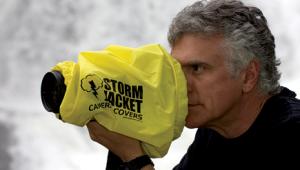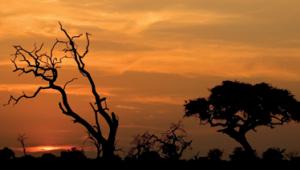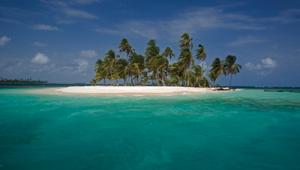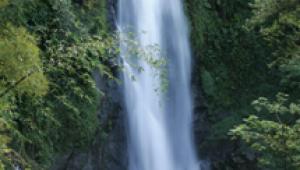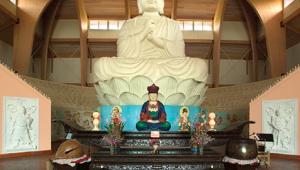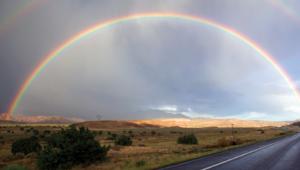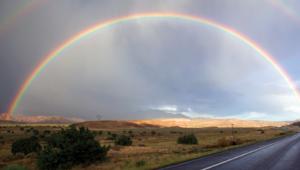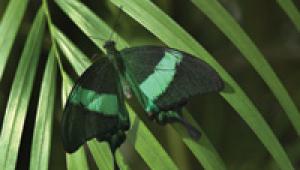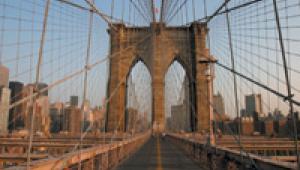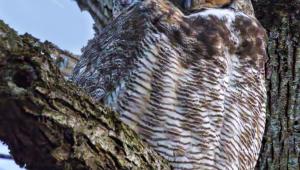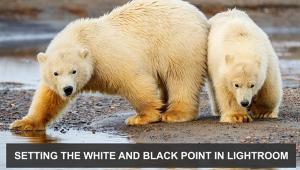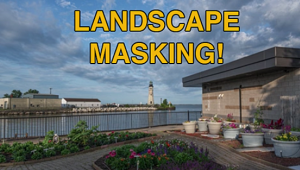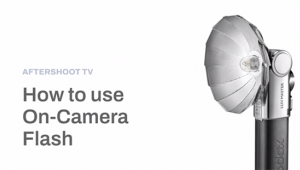Globetrotter
Leaving Las Vegas… Spectacular Landscape Photographs Await
Business people view Las Vegas, Nevada, as a trade show destination.
Vacationers see Vegas as a place to have fun in the sun, see shows, and try
their luck at the tables and with the one-arm bandits.
However, many of the photographers I know have a different take on this unique
city that's thriving in the Nevada desert. They view it as a jumping-off
point for road trips to some of our nation's most spectacular National
Parks. I'm in that crowd, and, quite frankly, I can't wait to leave
Las Vegas to start my photo fun. That said, I do like photographing at the theme
hotels, including The Venetian, where, inside the hotel, you can actually enjoy
a gondola ride and feel as though you are floating through a canal in Venice.
In this month's column I thought I'd share a few of my photographs
from a recent National Park road trip from Las Vegas, my jumping-off point,
to Salt Lake City, Utah, where I concluded my journey and then flew back to
New York.
In each of the National Parks I photographed, wide angle lenses ruled (to capture
the sweeping landscapes) and polarizing filters (to darken the sky) were a must.
Another must: Getting up very early and staying out for sunsets. It was also
important to bring 10 2GB SanDisk Extreme CompactFlash cards for the week-long
trip. (I shoot raw files with my Canon EOS-1Ds Mark II, which is why I needed
all that memory in the field.)
Okay, let's go.
Zion National Park
Zion is only a few hours drive as you journey northeast from Vegas. I think
this park is perhaps one of the most underrated National Parks, compared to
the Grand Canyon and Yellowstone. It offers countless red-rock formations jutting
out of the ground into the usually dark blue sky.
 |
|
|
I found the best photo opportunities along the road that winds
through the park, and not on the designated trails, which you can only access
by parking your car and taking a tram. Take a few hours to drive through the
park at sunrise and sunset and you will be amazed, as I was, at how many times
you shake your head in wonder or hear yourself saying "Wow" at the
views you'll see.
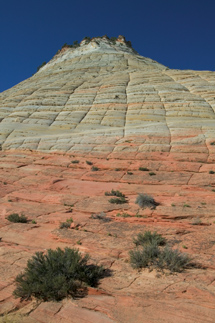
Bryce Canyon National Park
Bryce Canyon was the next stop on my photo trek. Note: Bryce Canyon is not a
true canyon; it's a stunning natural amphitheater of uniquely shaped rock
formations carved out of the earth by the wind and weather over millions of
years.

My advice for photographing Bryce Canyon is to first shoot from the rim and
then to walk down into the canyon (we'll call it a canyon for convenience
sake) along the well-marked trails. Be sure to bring plenty of water. Also make
sure you have a rainproof camera bag or a plastic bag to protect your gear and
camera. You don't want to be down in the canyon during a sudden cloudburst.

In addition, you must be in good physical shape to make the hike.
Bryce In Infrared
Bryce Canyon--and all the National Parks for that matter--is a wonderful
location at which to take infrared (film or digital) pictures. Shoot infrared
a lot out West and you'll actually start to see in infrared, as I did
after only a few days.
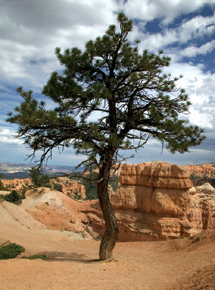 |
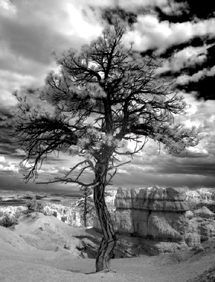 |
- Log in or register to post comments
